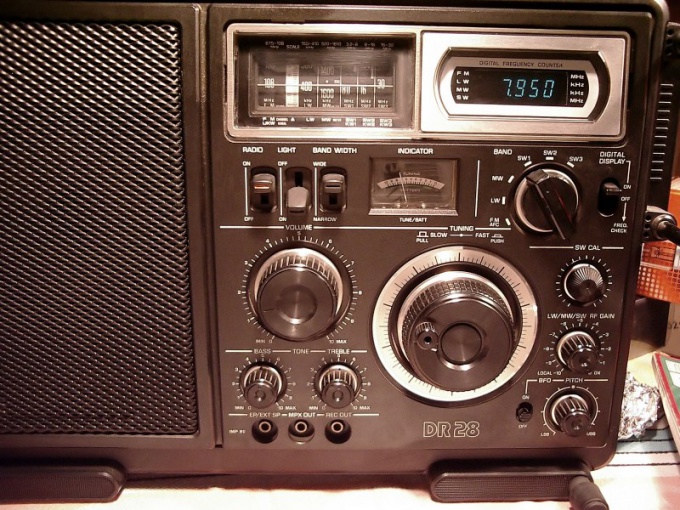You will need
- - the cord or the antenna cord;
- - insulators or clips for electrical wiring;
- - soldering tools;
- - pliers, wire cutters;
- - plexiglass, glass fiber;
- - drill with drill bits;
- neon lamp;
- switch type the switch.
Instruction
1
In urban environments are important dimensions of the antenna and ease its mounting. For these qualities is most suitable l-shaped antenna. It consists of a horizontal part and lower. The long horizontal part of the standard l-shaped antenna can be from 20 to 40 meters. Longer than antenna, the higher the overall sensitivity of the receptor.
2
Select the mounting location for the horizontal part of the antenna. Hang the antenna you need as high as possible above the earth's surface. To fix the horizontal part of the possible structure on the roofs of buildings, on specially installed poles and masts, on high trees. The main thing - to avoid proximity to electrical wiring and electrical installations. The horizontal part of the wire antenna is fastened to the supports indirectly, with a chain insulator. As insulators you can apply as a special antenna, and a ceramic or glass rollers for external wiring, as well as plates from glass fiber plastic with drilled holes in them.
3
You can make the antenna from solid copper, bronze or aluminum wire, as well as special multi-strand antenna wire. And copper wire it is necessary to take section of at least 2mm, bronze - 1.5 mm, aluminum wire must have a diameter not less than 4.5 mm. Reduction of antenna is usually from the same wire that the horizontal part. If you want to construct an antenna of greater length the wire size must be increased.
4
If you want to suspend the antenna on the roof of a tall building, mount it first on the ground, immediately securing the insulators for suspension and measurement of the decline. Descend from the roof of the cable, attach it far from the lower end of the antenna, raise it to the roof and lock. Further, in the same way lift the reduction of the antenna. The hole in the window frame, insert the plastic tube into the tube insert the cable through the reduction and tightly wrap it around the nearest Central heating pipes (pipe in this location need to pre-clean the paint). It will protect you from destruction by static electricity during further work.
5
Now, in the same way raise up and lock the second end of the antenna. Attach the antenna by using mating or bolting. Take care that the reduction does not touch the edge of the roof or any other structures. For these purposes it is possible to manufacture the staves-spacers on the insulator (e.g., a roller) on the end. In working condition wire reduction should be connected to the aerial socket of the receiver.
6
To work with an external antenna you will need to install electrostatic and lightning protection. As the electrostatic protection you can apply a neon lamp (for example, starter for fluorescent lamps), included between the antenna and ground. As storm protection, apply a simple switch that allows you to close wire reduction to ground. During a thunderstorm, use an external antenna impossible. In working condition reduction of the antenna should always be grounded.
7
Mount the switch and reduction of storm protection on the plate of Plexiglas or fiberglass. In the absence of specially made grounding you can use a pipe network of Central heating, pre-cleaning it from paint and pripal to it a thick copper wire.
